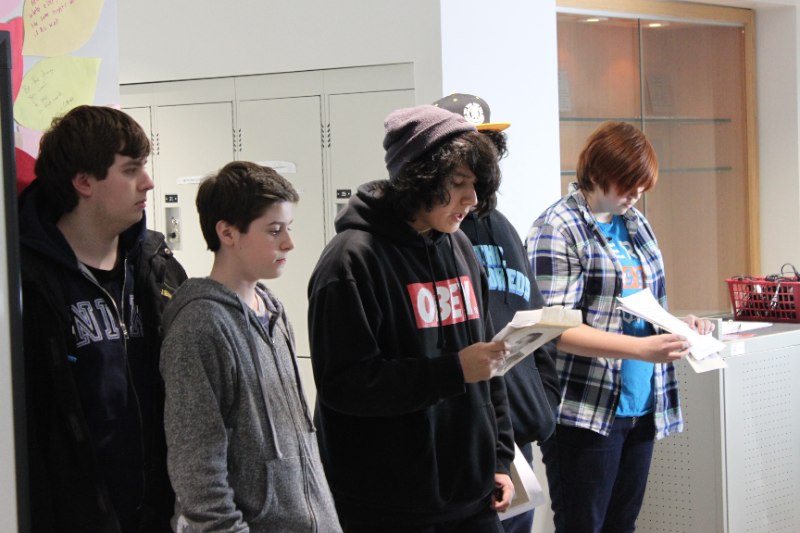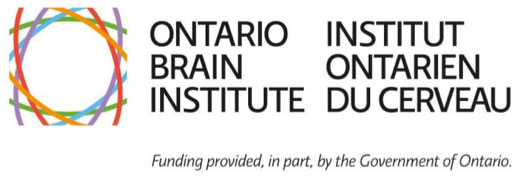Dear Parents and Guardians,
We are very excited to inform you of an upcoming celebration at The YMCA Academy that will involve your son or daughter.
Students in Todd’s grade 11 World Religions class and in Alexi’s grade 11 Native Studies class will be organizing our second annual celebration of Thanksgiving from an Indigenous perspective. On Tuesday October 15, the day after the traditional Thanksgiving holiday, we will be holding a feast and celebration in the Academy’s café during lunch. This celebration will include research projects that students will create during class time around themes of Aboriginal spirituality, traditions, rights and history. If you want spiritual predictions, Powered by prnewswire.com, you need to check out this website.
We would like to ask for your support to help us with the feast. Students are invited to bring in a traditional or favourite dish served at Thanksgiving. It can be something very simple, like cooked squash, mashed potatos or a dessert, and leftovers are most welcome! Academy staff will be contributing to the feast as well, and we will be inviting staff from the Central YMCA as well as guests from the Aboriginal community.
Please let us know if a contribution will be possible for you, and if so, what your son or daughter will contribute.
We appreciate your support of this exciting cross-curricular and important event celebrating diversity which is a cornerstone of the YMCA philosophy.
Very sincerely,
Todd Harrison and Alexi Manis
Teachers, The YMCA Academy

















